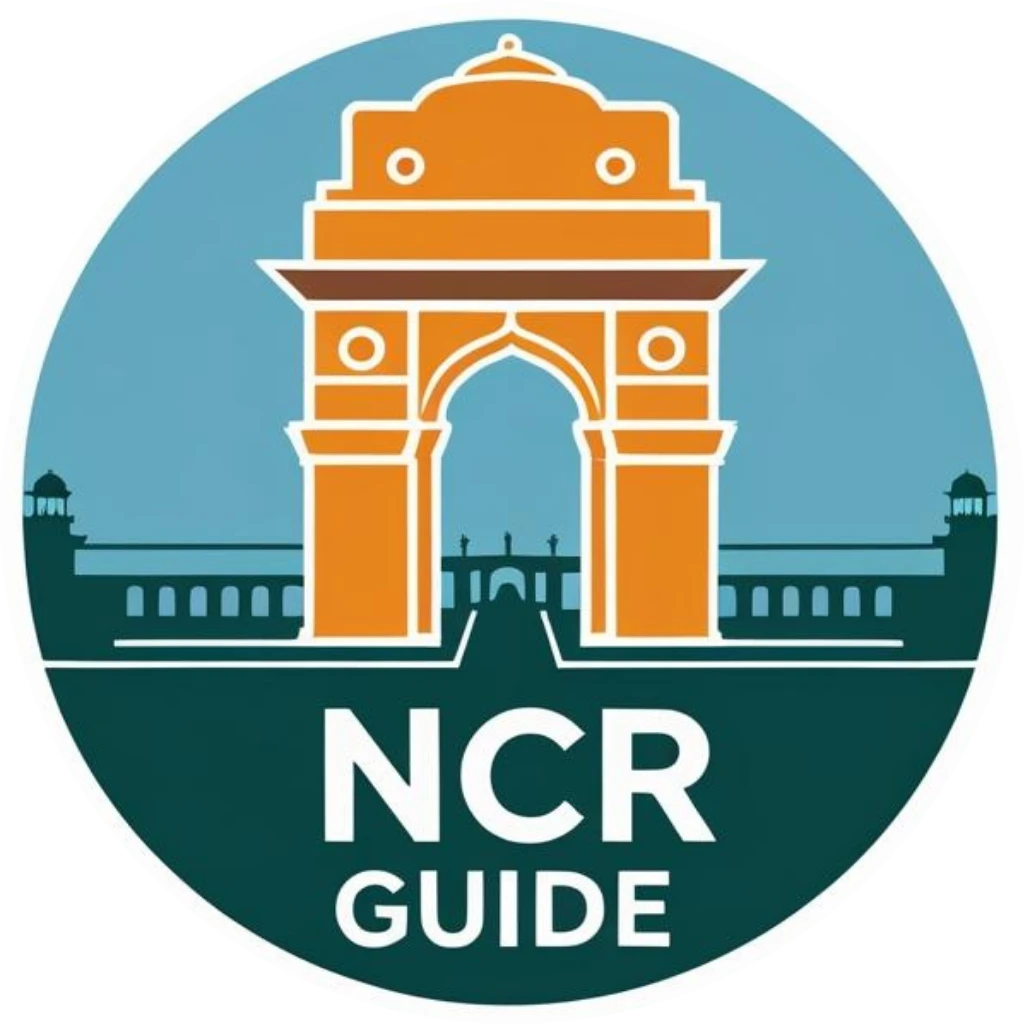Delhi-NCR’s urban landscape is witnessing a transformative leap in public transport with the inauguration of the ‘Namo Bharat’ Rapid Rail Transit System (RRTS). Designed to drastically cut travel time and enhance regional connectivity, the RRTS aims to provide a seamless and modern commuting experience for millions of residents across Delhi, Ghaziabad, Meerut, and other key hubs in the region.
What Is the ‘Namo Bharat’ RRTS?
The Rapid Rail Transit System (RRTS) is a high-speed rail network introduced to ease congestion, reduce pollution, and provide a faster alternative to traditional transport systems. The first phase of the project connects Delhi to Meerut via Ghaziabad and is expected to carry thousands of passengers daily.
Key Features:
- Top Speed: Trains operate at speeds of up to 180 km/h, reducing the Delhi-Meerut travel time to just 55 minutes, compared to the 2–3 hours it takes by road.
- State-of-the-Art Technology: Fully air-conditioned trains with smart ticketing systems and advanced safety features.
- Frequency: Trains are scheduled every 15 minutes during peak hours, ensuring minimal waiting times.
Impact on Delhi-NCR’s Connectivity
- Decongesting Roads:
- With a growing population and increasing vehicle density, traffic congestion in Delhi-NCR is a chronic issue. The RRTS is expected to divert a significant share of commuters from private vehicles and buses, easing the load on roads.
- Reducing Pollution:
- By encouraging the use of public transport, the RRTS contributes to lowering carbon emissions. It is a critical step toward combating Delhi’s air pollution crisis.
- Boosting Regional Development:
- Improved connectivity is likely to spur economic growth in Tier-2 cities like Meerut and Ghaziabad, making them more accessible for businesses and investments.
- Time-Saving for Commuters:
- For daily commuters, especially professionals and students, the RRTS is a boon, allowing more time for productivity and leisure.
Future Expansion Plans
The Delhi-Meerut corridor is just the beginning. The government has ambitious plans to extend the RRTS network across multiple corridors, including:
- Delhi-Panipat Corridor: Strengthening connectivity to Haryana.
- Delhi-Alwar Corridor: Linking Rajasthan with the national capital.
- Additional Routes: Proposals for expanding to other parts of Uttar Pradesh and neighboring states.
Challenges and Opportunities
Challenges:
- High Initial Costs: Building such infrastructure demands significant investments, which can strain budgets.
- Land Acquisition Issues: Securing land for future corridors remains a sensitive issue in densely populated regions.
Opportunities:
- Employment Generation: Construction and operation of the RRTS have already created thousands of jobs.
- Enhanced Lifestyle: By providing world-class commuting options, the RRTS is set to raise the quality of life for Delhi-NCR residents.
Key Takeaways
- The ‘Namo Bharat’ RRTS is a monumental step toward improving Delhi-NCR’s urban transport ecosystem.
- The system’s high-speed, eco-friendly design addresses traffic congestion and pollution concerns.
- Future expansions promise to bring more cities into the fold, fostering regional growth and connectivity.
